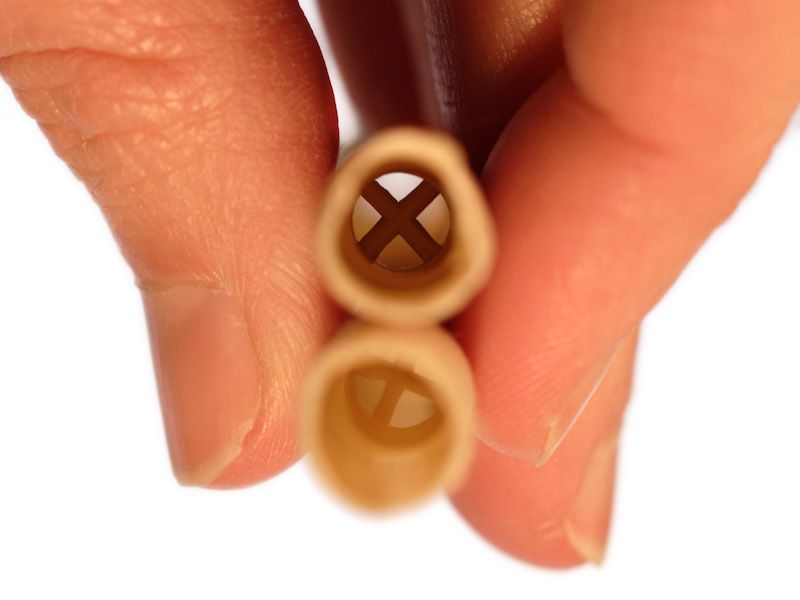
There’s a lingering idea in some circles that a practice called “ear candling” is an effective way to minimize your earwax. Is ear candling effective and what is it?
Earwax Candles, is it Effective?
Spoiler alert: No. No, it isn’t.
Why then do normally reasonable people routinely believe in this pseudo-science. It’s difficult to say with much accuracy. But the more you know about earwax candling, especially the risks involved, the more likely you can draw an informed choice (even if the rational choice is pretty obvious).
Earwax Candling, What is it?
So the basic setup goes like this: Perhaps you have an excessive amount of earwax and you’re not really certain how to eradicate it. You’ve read that it’s risky to use cotton swabs to clean your earwax out. So, after doing some research, you find a technique known as earwax candling.
Earwax candling is supposed to work as follows: You create a pressure differential by shoving the candle in your ear, wick side out. The wax in your ear, then, is pulled outward, towards the freedom of the open world. Theoretically, the pressure differential is enough to break up that might be log-jamming in your ear. But this hazardous practice is not a smart method of cleaning your ears.
Why Doesn’t Ear Candling Work?
There are a number of problems with this practice, like the fact that the physics just don’t work. You would need a significant amount of pressure to move earwax around and a candle is not capable of generating that amount of pressure. Second, creating that kind of pressure differential would require some type of seal, which doesn’t occur during candling.
Now, the candles that they use in these “treatments” are supposedly special. When you’re finished with your fifteen minutes of ear candling, you can break up the candle and, in the hollow, see all bacteria, debris, and wax that was in your ear. But the problem is you can find this same detritus in new unburned candles too. So the whole process amounts to fraud.
Earwax candling hasn’t been proven by science to have any benefit whatsoever.
So we Know Ear Candling Doesn’t Work But Dangerous is it?
So, you may as well give it a shot, right? Well, whenever you get hot candle wax near your ears, you’re looking for trouble. Look, it’s quite possible that you might try ear candling and leave completely unharmed. Lots of people do. But there are certainly risks involved and it’s definitely not safe.
Here are a few negative impacts of ear candling:
- You might cause severe damage when you play around with an open flame and possibly even put your life in danger. Seriously, you may burn down your house. It’s not worth the danger to try this ineffective technique of wax removal.
- Severe burns inside ear. When melted candle wax goes into your ear, it can result in severe hearing problems and burns. In the most extreme cases, this could permanently jeopardize your hearing.
- Candle wax can also block your ear canal after it cools down. This can cause you to temporarily lose your hearing or, in the most severe cases, require surgery.
You Can Clean Your Ears Without Needing a Candle
In most situations you won’t even have to be concerned about cleaning earwax out. That’s because your ears are really pretty good at cleaning themselves! Nevertheless, there are some people who will have unusually heavy earwax production or buildup to deal with.
If you do need to clean out your ears because of too much wax, there are scientifically-proven (and reliable) methods to do that safely. For example, you could use a fluid wash. Another alternative would be to consult a hearing care professional for an earwax cleaning.
Cotton swabs are definitely a no-no. And open flames are not ok either. Earwax candling is a procedure that has no benefit and will put your ears, and your entire person, at considerable risk of injury and damage. Try burning candles for their sent or for enjoyment but not as a means to clean your ears.